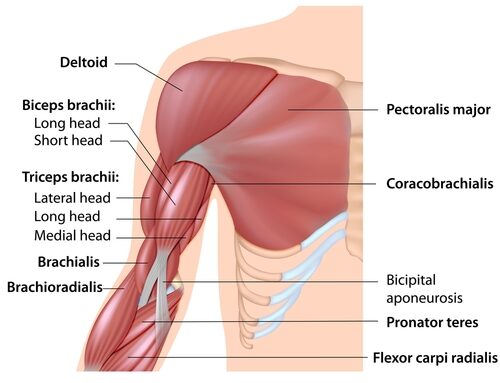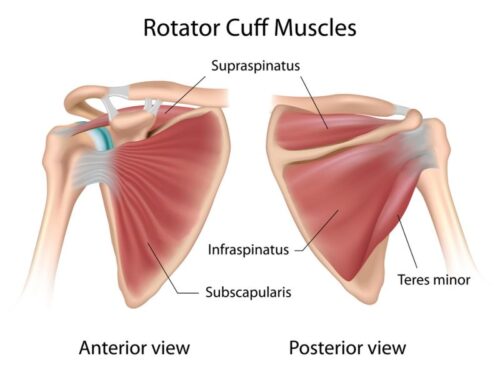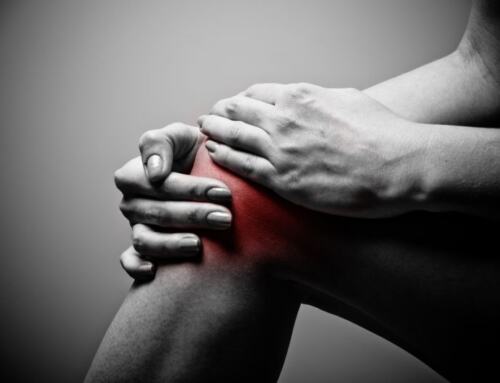The Brain-Pain Connection
Science reveals a volatile, misleading sensation that is often more than just a symptom, and sometimes worse than whatever started it
Pain is weird. It is not just a message from injured tissues to be accepted at face value, but a complex experience that is thoroughly tuned by your brain. The results are often strange and counter-intuitive, like quantum physics, but the science is clear: every painful sensation is 100% Brain Made, and there is no pain without brain.
Does that mean can we think pain away? Just how much power does the mind have over pain? Can confidence and education cure?
Articles on this topic are now common, but most of them tease readers with the tantalizing idea that pain can be treated with the mind… while failing to explain how. In this article, I get specific about what’s realistic and practical with “mind over pain.” There’s bad news, but there’s also good news — if you understand how pain actually works.1 Many discoveries about the physiology of pain have been painfully slow to reach the public, or even health professionals. This is useful stuff, and it needs to be shared.
Mostly we need to stop thinking of pain in terms of single causes or cures: “It’s all coming from the ____, I know it!” It almost never is.
Ramachandran said that “pain is an opinion” — which sounds like a flaky New Age mind-over-matter theory. But Ramachandran is no mystic or guru: he is a neurologist and scientist. This passage is mainly known for the first few words, a pithy statement of the modern understanding of how pain works:
Pain is an opinion on the organism’s state of health rather than a mere reflective response to an injury. There is no direct hotline from pain receptors to ‘pain centers’ in the brain. There is so much interaction between different brain centers, like those concerned with vision and touch, that even the mere visual appearance of an opening fist can actually feed all the way back into the patient’s motor and touch pathways, allowing him to feel the fist opening, thereby killing an illusory pain in a nonexistent hand.
Pain is an opinion on the organism’s state of health rather than a mere reflective response to an injury. There is no direct hotline from pain receptors to ‘pain centers’ in the brain. There is so much interaction between different brain centers, like those concerned with vision and touch, that even the mere visual appearance of an opening fist can actually feed all the way back into the patient’s motor and touch pathways, allowing him to feel the fist opening, thereby killing an illusory pain in a nonexistent hand.
Phantoms in the brain, by VS Ramachandran and Sandra Blakeslee
Mirror Therapy
He then tells the story of an extraordinary cure of a man with phantom limb pain, tortured by agony in a clenched fist that was not there. With a clever arrangement of mirrors, Ramachandran created the illusion that the man’s amputated arm was restored — a sort of “virtual” limb. The mere appearance of his phantom hand opening and closing normally cured his agonizing “spasms”. He felt better because of the illusion that he was better — because he thought he was better. The mirror-cure of phantom limb pain is one of the most curious anecdotes in all of pain science. In all of medicine, in fact. The mirror-cure of phantom limb pain is one of the most curious anecdotes in all of pain science. In all of medicine, in fact.
Since then, “mirror therapy” has been studied and applied in many ways. A good quality 2007 study showed that mirrors aren’t actually necessary to achieve this effect. Mirror therapy is probably just a “fun” way to visualize healthy movement — which also works quite well without a mirror!
Pain is not reliable sign of what’s really going on. Chronic pain is a witch’s brew of different factors, complex by nature (not just coincidence or bad luck). At the very least, pain always has a layer of brain-generated complexity. At the worst, the pain system can malfunction in several colorful ways. It can cause pain that is much more intense and interesting than just a symptom — sometimes the pain is the problem.
The biology of pain is never really straightforward, even when it appears to be.
One of the principle qualities of pain is that it demands an explanation. [Shoulder Pain]
Perception is the brain’s best guess about what is happening in the outside world. Perception is inference.
Pain is Weird
[…]








